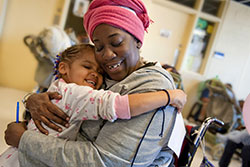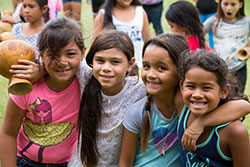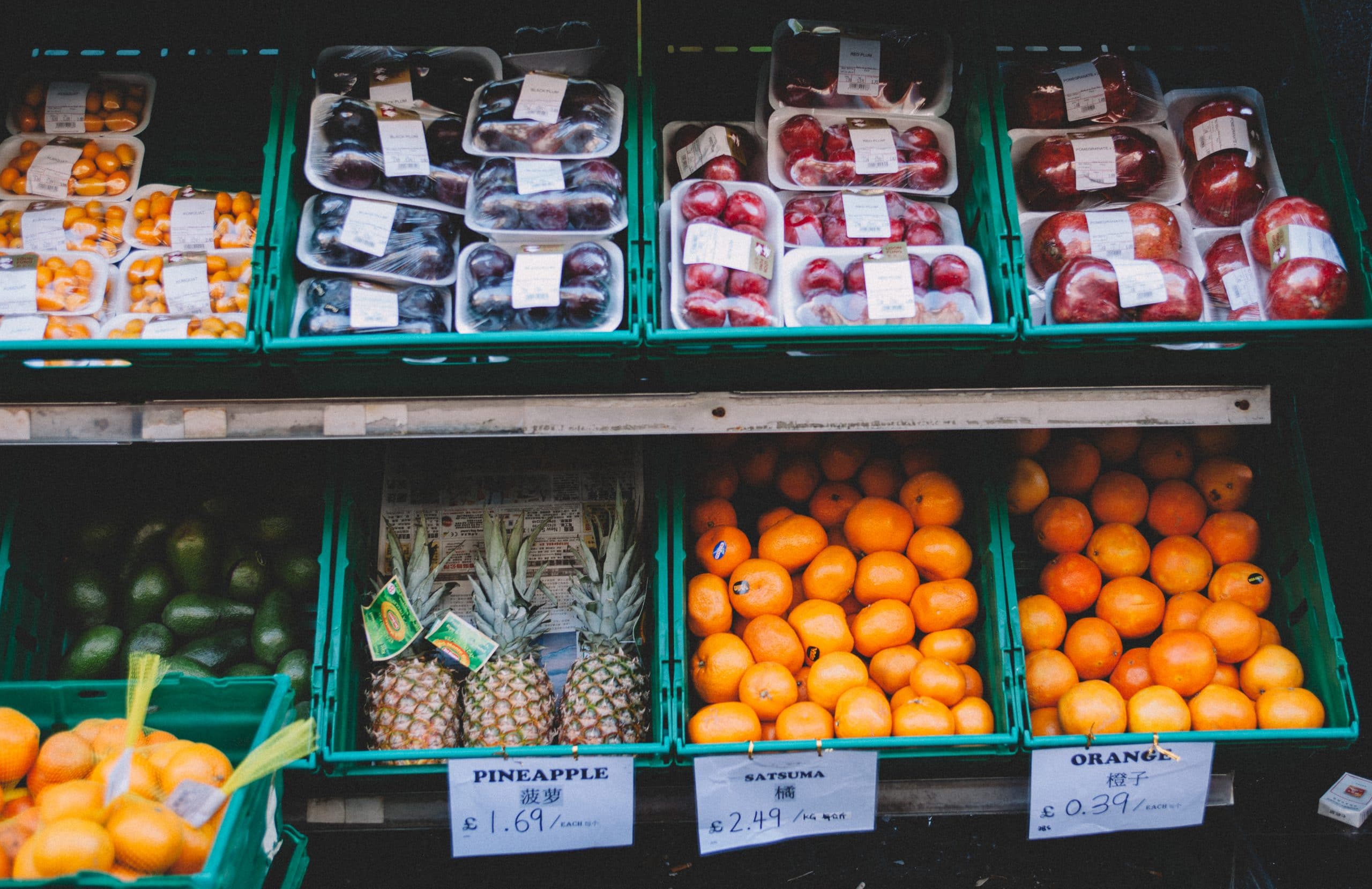As we approach the fifth month of quarantining, social distancing, and mask-wearing, the COVID-19 pandemic continues to affect New York families, especially with respect to food insecurity.
Between July 9 and July 14, 664,769 New York households with children reported “sometimes” or “often” not having enough food to eat. Vulnerable populations are particularly affected by food insecurity. Between July 9 and July 14, 26.1% of Black households with children and 21.3% of Hispanic or Latino households with children reported “sometimes” or “often” not having enough food to eat; only 4.5% of White households with children reported “sometimes” or “often” not having enough food to eat.
Single parents are also affected by the COVID-19 pandemic to a greater extent than married parents in New York. 31.9% of households with children headed by a single parent experienced food insecurity between July 9 and July 14, while only 9.2% of households with children headed by married parents experienced food insecurity.
893,024 households with children received free meals or groceries between July 9 and July 14.
Schools or other children’s programs provided the highest number of households with groceries and meals to families with children, which highlights the importance of continuing programs, such as the Community Eligibility Provision, which help children obtain food.





